Meet the new generation of premium composite decking products
Written by
11 October 2022
•
4 min read
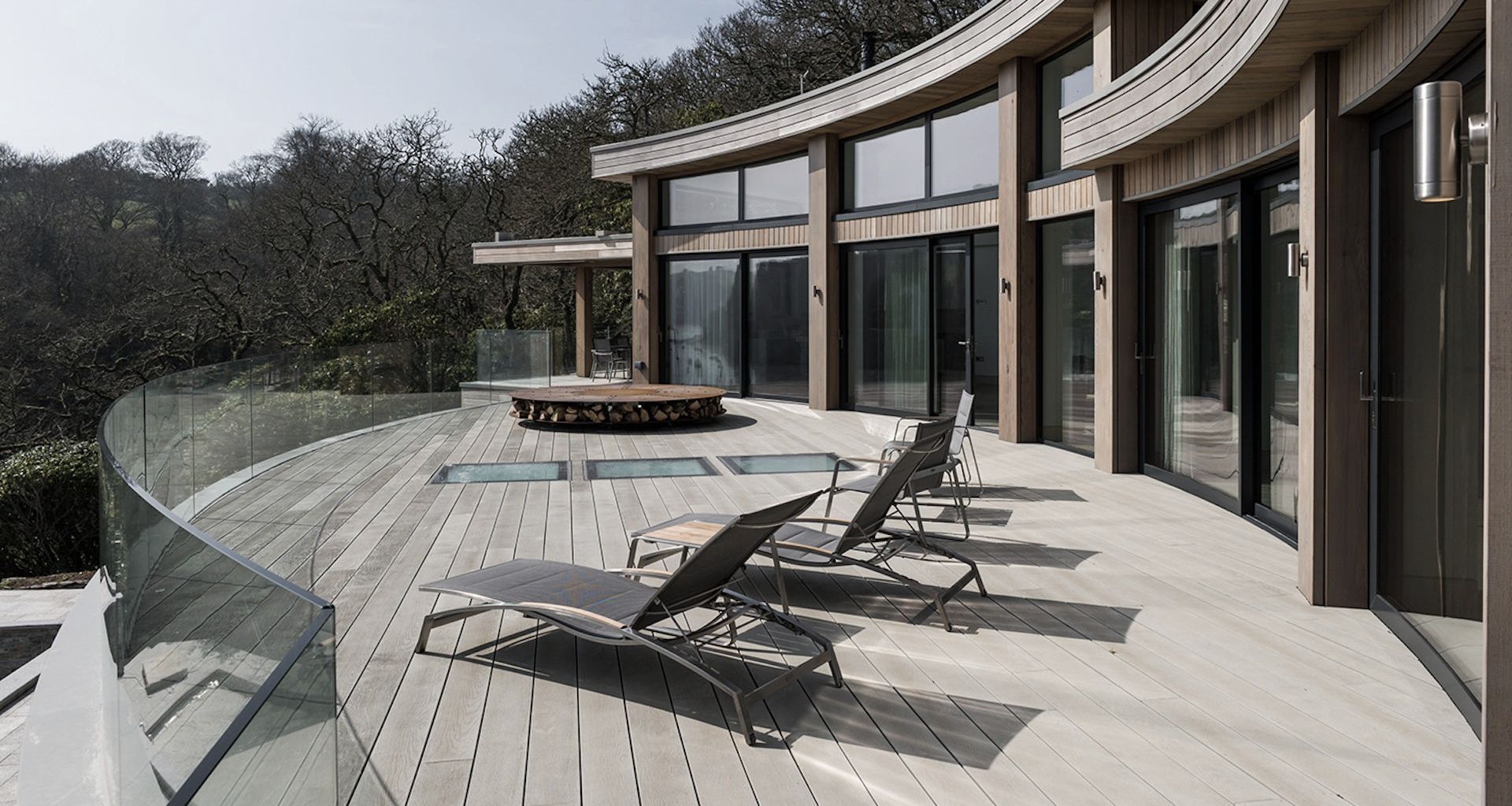

Composite decking is a man-made alternative to natural timber decking that’s designed for less maintenance and improved durability. Although composite decking has been on the market for a few decades now, Millboard composite decking is made from a new and unmatched resin mineral composite that solves all the problems presented by the previous generation of decking products.
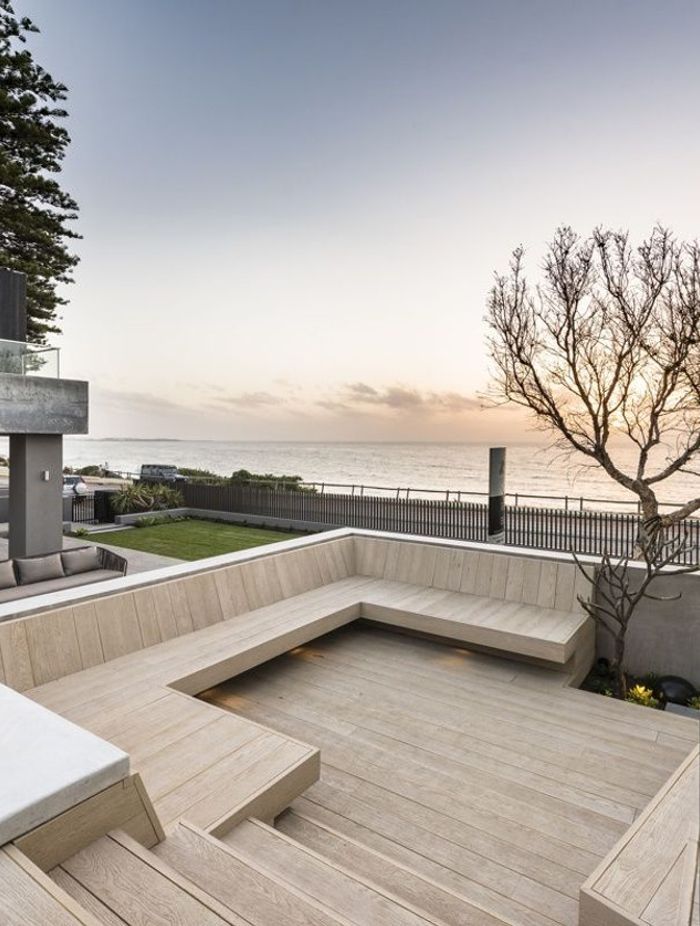
What is composite decking?
There are many types of composite decking on the market, mostly made from plastic, rice husks and wood or sawdust fibres, and these are known as Wood Plastic Composites (WPC). However, Millboard products are unique in that they are constructed from a resin mineral composite and are timber and plastic-free.
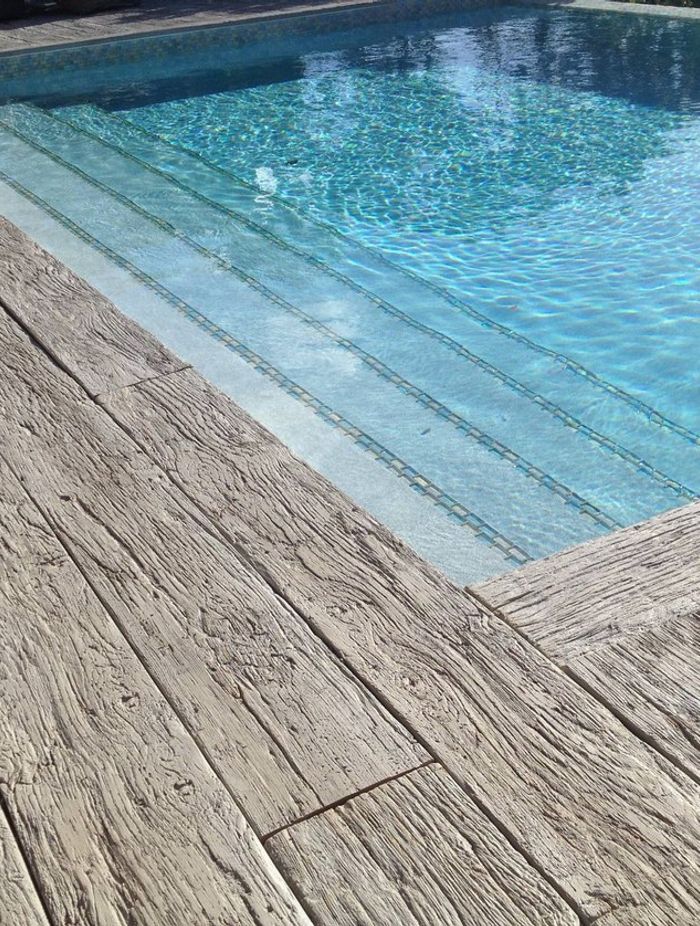
Designed for residential, commercial and public spaces
Amanda Pook, customer service lead for the Millboard range in Australia, explains that composite decking is perfect for people who like the look of decking, but don't want the ongoing cost and maintenance associated with real timber. “Real timber decking requires ongoing maintenance including staining, oiling, sanding and painting – which people don't have time for. Composite decking looks like timber and is essentially maintenance-free,” says Amanda.
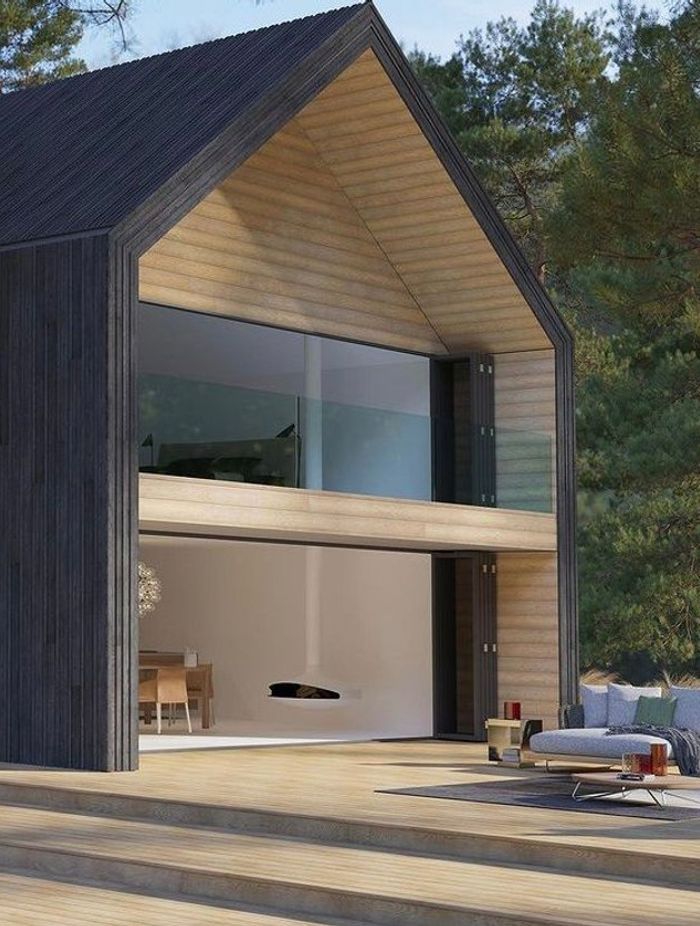
A colour and finish to suit every aesthetic
Composite decking ranges from natural brown hues through to modern greys and blacks, and the finishes vary from smooth traditional timber grain to rustic raw boards. Joshua Glover, director of Timber Distributors, says many plastic composite decking products tend to look fake, are too shiny and have a machine-stamped repeating grain pattern with a lack of variation. “Millboard is the only composite that is handcrafted from impressions of real oak timbers, capturing the natural beauty of wood without the maintenance,” says Josh.
For example, the ‘Enhanced Grain’ style is crafted from fresh sawn English oak flooring to capture a true wavy oak grain and is available in eight colours, while the ‘Weathered Oak’ boards are crafted from 100-year-old wharf timbers pulled from southern France and have an aged look similar to old railway sleepers.
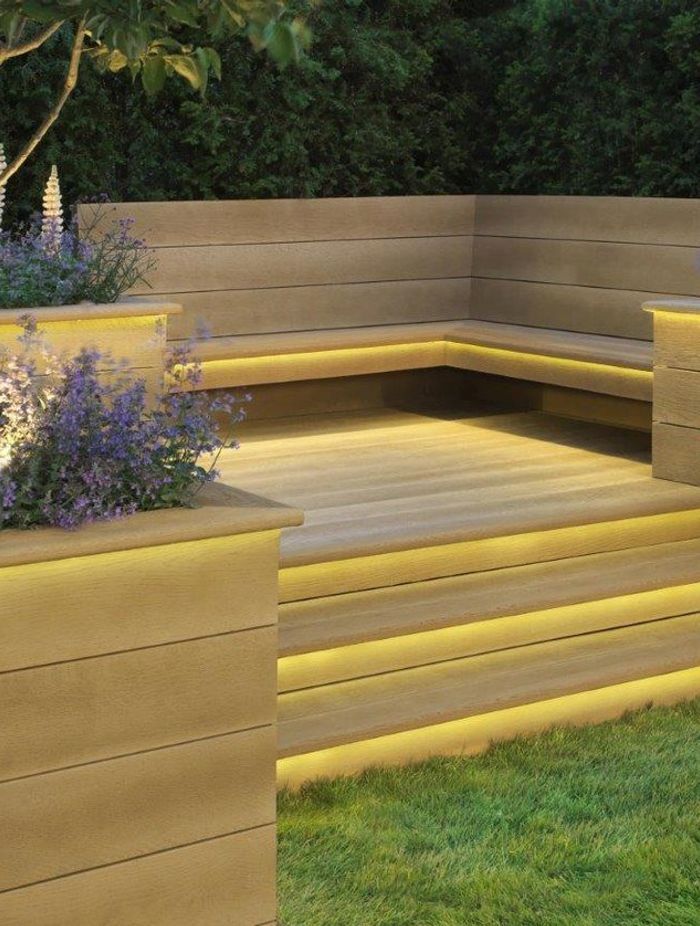
Creative opportunities for designers, architects and homeowners
Millboard composite decking is a clever and adaptable product. It can be used traditionally as decking for alfresco areas, verandahs, balconies, rooftops and around pools, but it can also be used as cladding, ceiling lining, feature walls, screening, planter boxes and even furniture.
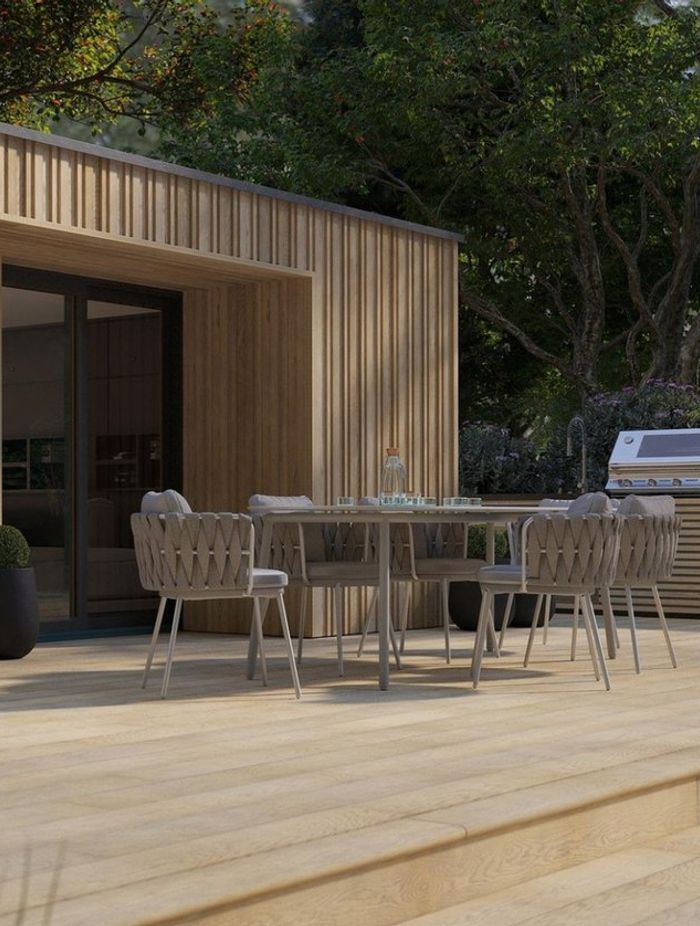
Easy installation
When it comes to installation, Millboard is one of the easiest on the market due to its unique fixing system. Most composite decking is installed using a clip system to accommodate the expansion and contraction seen in plastic composite boards, which can make them fiddly in other applications. Millboard boards are lightweight, relatively stable and easy to work with, and require no special tools or fiddly clips – just top fix into a timber sub frame as normal. The unique Millboard DuraFix screws also have a special 'lost-head' fixing so they ‘disappear’ into the board.
Enjoy the benefits
Composite decking is essentially maintenance free; there’s no oiling, staining, sanding or painting. The boards are stain- and scratch-resistant, and splinter-free. “Millboard composite decking doesn’t warp, rot, mould or host algae growth. The boards don't need any ventilation or clearance from the ground and expansion gaps aren’t required in the layout, making them a very versatile product,” says Amanda. “It can be laid at ground level or even adhered directly to concrete.”
Joshua explains that Millboard composite decking is engineered to outlast and outperform natural timber. “Millboard has a 25-year residential warranty and a P5 Pedestrian Antislip rating – the highest available in Australia – making it safe for use in public spaces, council projects, aged care and around pools or wet areas,” says Joshua.
Explore the range of Millboard composite decking on ArchiPro.